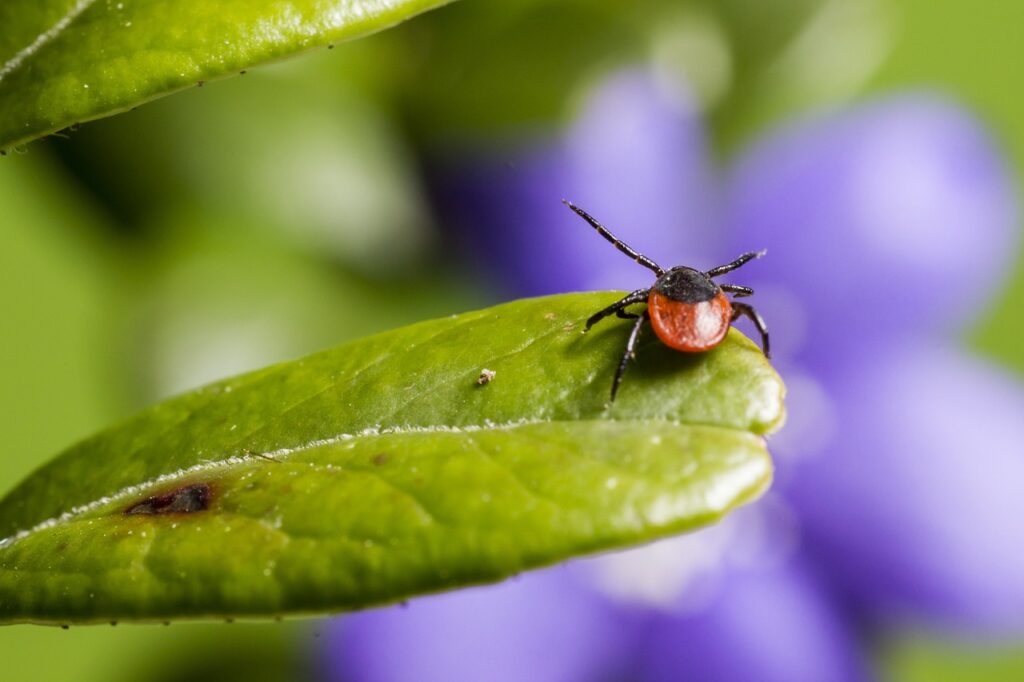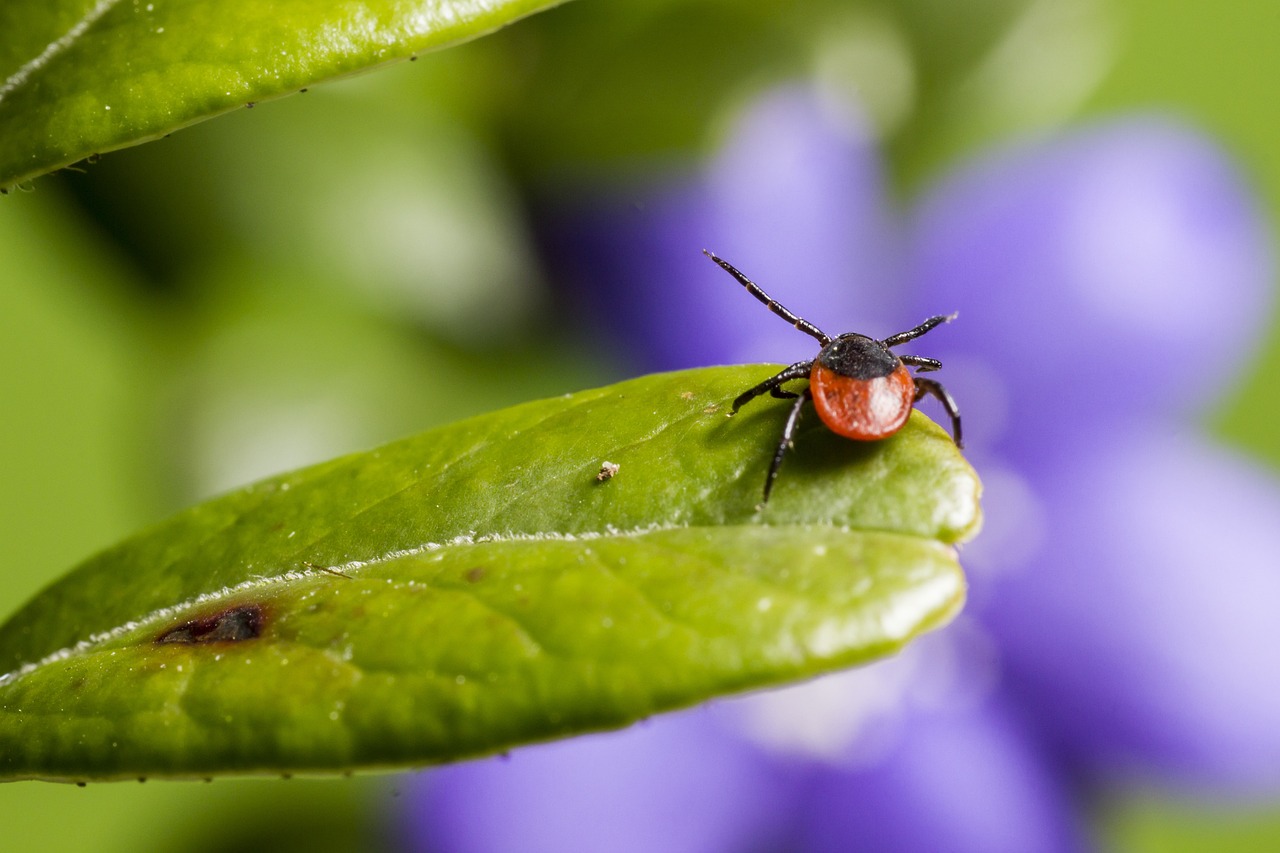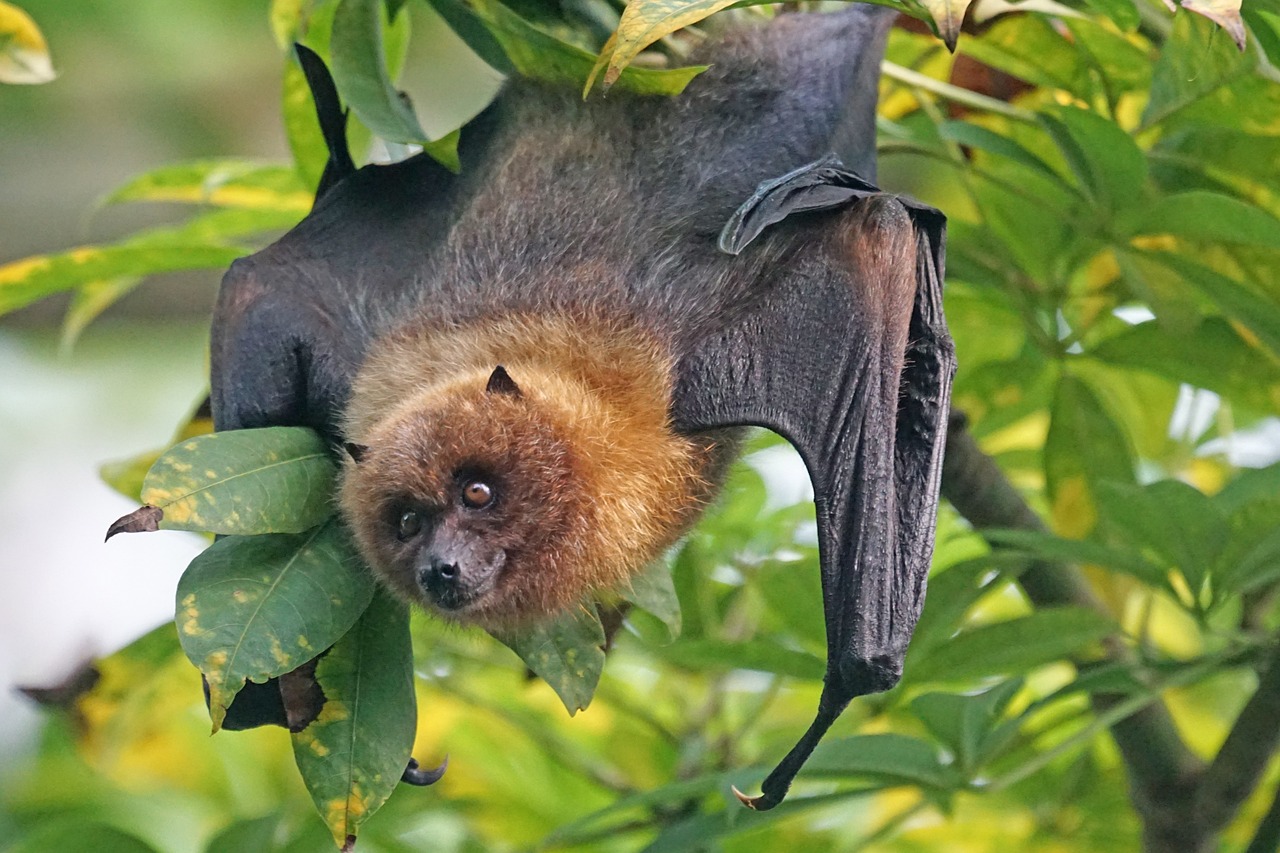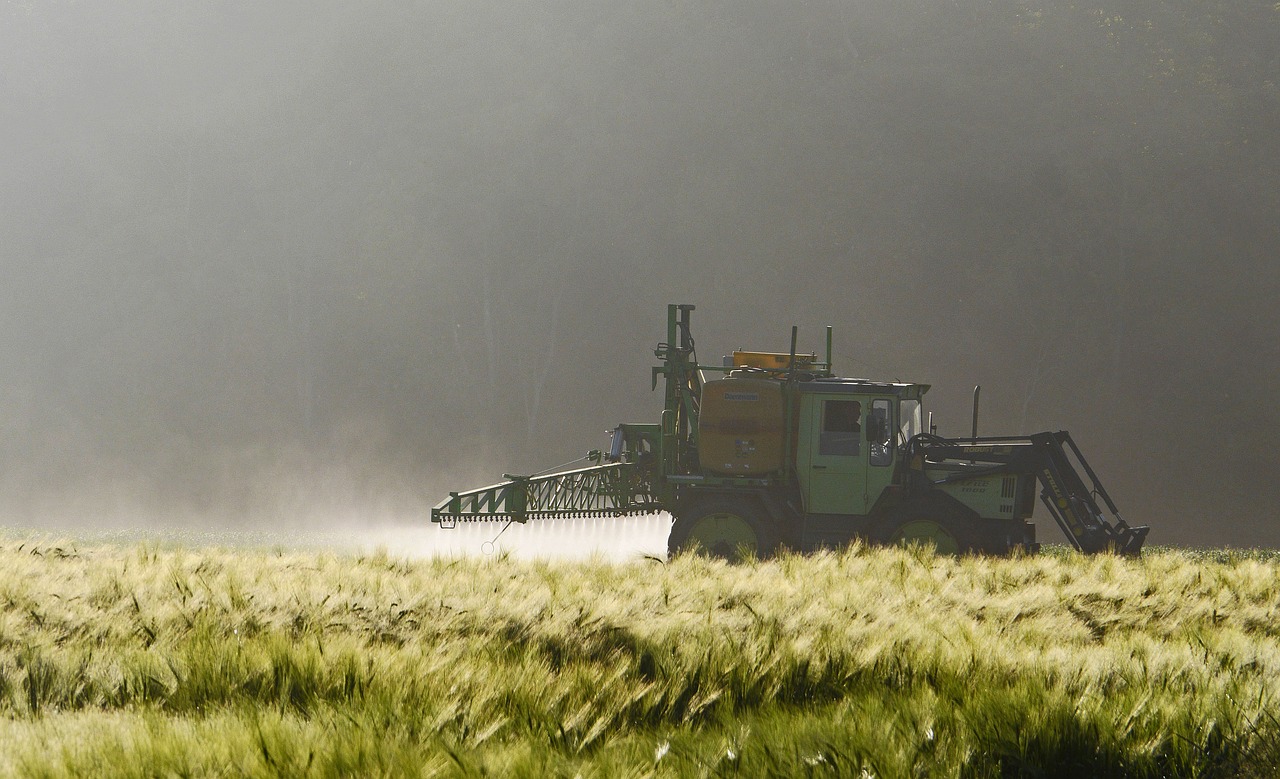Do you hate seeing pesky insects invade your home and garden? Have you ever considered enlisting the help of beneficial spiders to control these pests naturally?
Spiders are often feared and misunderstood, but they can actually play a crucial role in maintaining a healthy ecosystem and keeping unwanted insects at bay.
In this article, you will learn about the various types of beneficial spiders and how they control pests. You will also discover ways to attract these spiders to your home and garden and tips for maintaining a healthy spider population.
With the help of these eight-legged allies, you can say goodbye to harmful chemicals and hello to natural pest control.
The Importance of Natural Pest Control
You might not realize it, but relying on natural pest control can actually benefit your garden in the long run by reducing the need for harmful pesticides. Pesticides may seem like an easy solution to get rid of pests, but they can harm beneficial insects, disrupt the ecosystem balance, and contaminate the soil and water. By using natural pest control, you can keep your garden healthy and chemical-free while promoting a thriving ecosystem.
Natural pest control involves using beneficial insects, such as spiders, to keep harmful pests in check. Spiders may seem scary, but they’re actually valuable members of the garden ecosystem. They can help control a variety of pests, including aphids, squash bugs, and even mosquitoes.
By allowing spiders to roam free in your garden, you can reduce the need for harmful pesticides, promote a healthy ecosystem, and enjoy a chemical-free garden.
Types of Beneficial Spiders
Don’t overlook the different varieties of helpful spiders when it comes to keeping unwanted critters at bay. Spider species diversity is vast and there are many different types that can help control pests in your garden or home.
For example, jumping spiders are known for their agility and hunting skills, while orb-weaver spiders are known for spinning intricate webs to catch their prey.
It’s also important to consider spider habitats and behavior. Some spiders prefer to live in dark and damp environments, while others thrive in sunny and dry areas. Understanding where different spider species live and how they behave can help you create an environment that is conducive to their presence, which in turn can help control pests naturally.
So, the next time you see a spider in your home or garden, don’t be so quick to squash it, as it could be a helpful ally in your fight against unwanted critters.
How Beneficial Spiders Control Pests
Imagine your garden thriving without the need for harmful chemicals, thanks to the secret weapon of agile and web-spinning spiders that keep unwanted critters at bay. Beneficial spiders are natural predators that can control pest populations in your garden. They hunt and capture insects, mites, and other pests, which can cause damage to your plants.
Spider behavior patterns are critical to their effectiveness in pest control. They’re active during the night and hide during the day, so you might not notice their presence unless you look closely. Spider webs are also an essential tool in pest control. They trap insects that come into contact with the sticky silk, which immobilizes them.
Some spider species use their webs to detect prey, while others use them to catch it. Spiders can also modify their web-building behavior to target specific prey. For example, some spiders build their webs near plants that are infested with aphids, which are a favorite food source for them.
Overall, spiders play a crucial role in natural pest control, and encouraging them in your garden can help reduce the need for harmful chemicals.
Attracting Beneficial Spiders to Your Home and Garden
By creating a welcoming habitat that includes spider-friendly landscaping and minimal pesticide use, you can attract beneficial spiders to your home and garden.
Start by planting a diverse range of plants, including those that provide shelter and food for spiders, such as tall grasses, shrubs, and flowers.
Avoid using pesticides, as these can kill off the very spiders you’re trying to attract.
In addition to landscaping, you can also create DIY spider habitats to provide even more shelter and nesting opportunities.
For example, you can place small piles of rocks or wood in your garden, which spiders can use as hiding spots and breeding grounds.

You can also hang up small birdhouses or create simple structures out of sticks and twine to create cozy spider homes.
By taking these simple steps, you can encourage a thriving population of beneficial spiders that’ll help keep pests in check and contribute to a healthy ecosystem.
Tips for Maintaining a Healthy Spider Population
To keep your spider population healthy, it’s important to regularly clean and maintain your garden and home to prevent the spread of diseases and parasites. This means removing any debris or clutter that may accumulate in your yard.
It’s also important to regularly clean your home’s nooks and crannies. This not only helps to keep your space clean and tidy, but it also helps to create a spider-friendly environment.
Spiders thrive in spaces that are free of clutter and debris, as it provides them with plenty of opportunities to build their webs and catch prey. In addition to cleaning and maintaining your space, there are a few other things you can do to help maintain a healthy spider population.
One of these is to practice spider-friendly gardening. This means planting a variety of plants that provide spiders with a place to build their webs and catch prey. It also means avoiding the use of pesticides and other chemicals that can harm spiders and their prey.
Additionally, spider webs can actually benefit your plants by trapping harmful insects and providing a source of food for spiders. By maintaining a healthy spider population, you can help to promote a natural pest control system that benefits both your garden and the environment.
Frequently Asked Questions
Are there any negative effects of having a high population of beneficial spiders in my home or garden?
Having a high population of beneficial spiders in your home or garden may have potential drawbacks, such as disrupting the ecological balance. It’s important to explore both the downsides and benefits of spider population control.
Can beneficial spiders completely eliminate pest populations on their own?
Beneficial spiders can help reduce pest populations, but they cannot completely eliminate them on their own. Spider behavior and pest resistance can impact their effectiveness. Consider using other pest control methods in addition to spider populations.
How do I differentiate between beneficial spiders and harmful spiders?
To identify beneficial spiders, look for those that spin webs to catch prey instead of actively hunting. Embrace spider friendly pest management by avoiding using chemical pesticides that harm both beneficial and harmful spiders.
What other methods of natural pest control can be used in conjunction with beneficial spiders?
To naturally control pests, you can use companion planting with beneficial insects and choose plant varieties that repel pests. Biological control methods like releasing ladybugs or using nematodes can also help.
How do environmental factors, such as temperature and humidity, affect the effectiveness of beneficial spiders in controlling pests?
Temperature and humidity can influence spider diversity and their predatory behavior, affecting their impact on pest control. Different species have unique preferences, so it’s important to consider environmental factors when utilizing beneficial spiders for natural pest control.
Conclusion
Congratulations! You now understand the importance of beneficial spiders in natural pest control and how to attract and maintain a healthy spider population in your home and garden.
By implementing the tips mentioned in this article, you can significantly reduce the need for harmful chemical pesticides and create a more sustainable environment.
Remember to provide shelter and food for spiders, avoid using pesticides, and maintain a diverse plant life.
With these simple steps, you can create a thriving ecosystem that benefits both you and the environment. So go ahead and welcome these eight-legged friends into your space!










